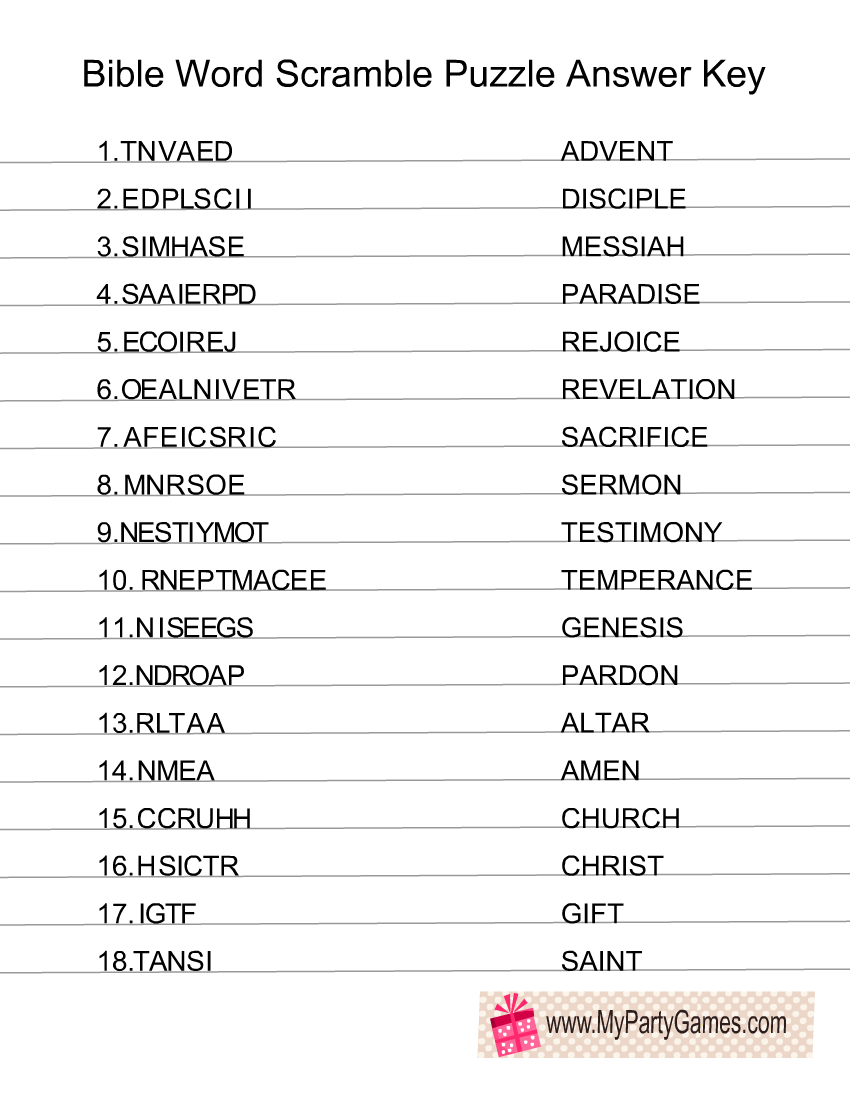Multiplying Fractions and Mixed Numbers Made Easy

Multiplying Fractions and Mixed Numbers: A Simplified Guide
Multiplying fractions and mixed numbers can be a daunting task for many students, but with the right approach, it can be made easy and straightforward. In this article, we will explore the step-by-step process of multiplying fractions and mixed numbers, along with some valuable tips and tricks to help you master this mathematical operation.
Why Multiply Fractions and Mixed Numbers?
Before diving into the multiplication process, let’s first understand why we need to multiply fractions and mixed numbers. In real-life scenarios, we often encounter situations where we need to multiply fractions or mixed numbers to solve problems. For instance, if you need to calculate the area of a room with fractional dimensions or if you’re cooking a recipe that requires multiplying ingredients with different fractional measurements.
Multiplying Fractions
Multiplying fractions is a straightforward process that involves multiplying the numerators and denominators separately.
Step 1: Multiply the Numerators
To multiply fractions, start by multiplying the numerators (the numbers on top) of both fractions.
Step 2: Multiply the Denominators
Next, multiply the denominators (the numbers on the bottom) of both fractions.
Step 3: Write the Product as a Fraction
Write the product of the numerators as the new numerator and the product of the denominators as the new denominator.
Example 1: Multiplying Fractions
Multiply 1⁄2 and 3⁄4:
- Multiply the numerators: 1 × 3 = 3
- Multiply the denominators: 2 × 4 = 8
- Write the product as a fraction: 3⁄8
Multiplying Mixed Numbers
Multiplying mixed numbers involves converting them to improper fractions, multiplying the fractions, and then converting the result back to a mixed number if necessary.
Step 1: Convert Mixed Numbers to Improper Fractions
To multiply mixed numbers, first convert them to improper fractions. To do this, multiply the whole number part by the denominator and add the numerator.
Step 2: Multiply the Fractions
Multiply the fractions using the same steps as before.
Step 3: Convert the Product to a Mixed Number (Optional)
If the product is an improper fraction, you may need to convert it to a mixed number. To do this, divide the numerator by the denominator and write the remainder as the new numerator.
Example 2: Multiplying Mixed Numbers
Multiply 2 1⁄3 and 3 1⁄2:
- Convert mixed numbers to improper fractions:
- 2 1⁄3 = 7⁄3
- 3 1⁄2 = 7⁄2
- Multiply the fractions:
- 7⁄3 × 7⁄2 = 49⁄6
- Convert the product to a mixed number:
- 49 ÷ 6 = 8 with a remainder of 1
- Write the result as a mixed number: 8 1⁄6
Real-World Applications of Multiplying Fractions and Mixed Numbers
Multiplying fractions and mixed numbers has numerous real-world applications in various fields, including:
- Cooking and recipe scaling
- Measurement and conversion
- Finance and budgeting
- Science and engineering
- Architecture and design
Tips and Tricks for Mastering Multiplication of Fractions and Mixed Numbers
- Always convert mixed numbers to improper fractions before multiplying.
- Use visual aids like diagrams or charts to help you understand the multiplication process.
- Practice, practice, practice! The more you practice multiplying fractions and mixed numbers, the more comfortable you’ll become with the process.
📝 Note: When multiplying fractions and mixed numbers, make sure to simplify your answers by canceling out any common factors between the numerator and denominator.
In conclusion, multiplying fractions and mixed numbers is a simple process that requires a basic understanding of mathematical operations. By following the steps outlined in this article, you’ll be able to confidently multiply fractions and mixed numbers in no time. Remember to practice regularly and apply your knowledge to real-world scenarios to reinforce your understanding.
What is the difference between multiplying fractions and mixed numbers?
+Multiplying fractions involves multiplying the numerators and denominators separately, while multiplying mixed numbers requires converting them to improper fractions, multiplying the fractions, and then converting the result back to a mixed number if necessary.
Why do I need to convert mixed numbers to improper fractions before multiplying?
+Converting mixed numbers to improper fractions allows you to multiply the fractions using the standard multiplication process. If you don’t convert, you may end up with incorrect results.
Can I multiply fractions and mixed numbers in real-world scenarios?
+Absolutely! Multiplying fractions and mixed numbers has numerous real-world applications in fields like cooking, measurement, finance, science, and architecture.
Related Terms:
- Multiplication mixed number worksheet
- Multiplying Fractions worksheet pdf
- Dividing fractions Worksheet PDF
- Fraction Worksheet Grade 5



